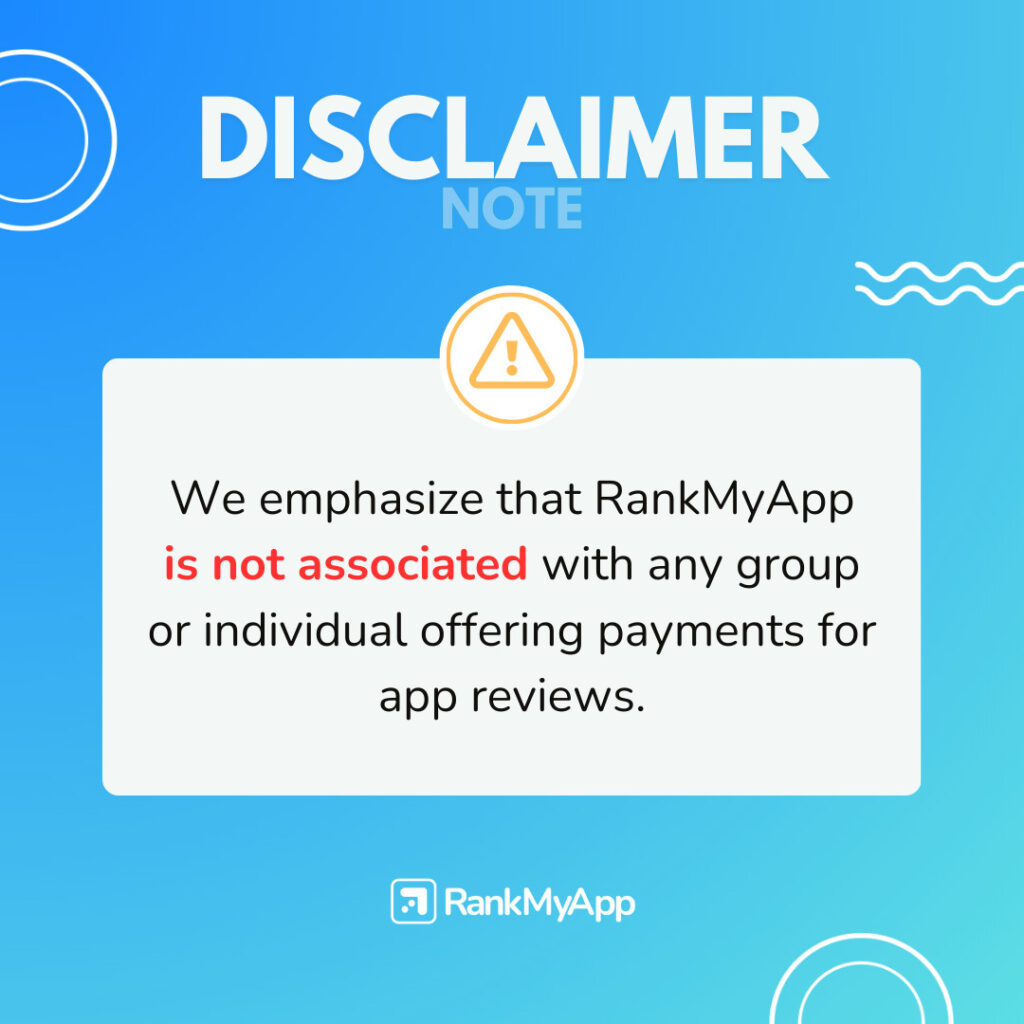If you’re aiming for solid results with media campaigns, understanding how to efficiently distribute your budget is crucial. It’s not just about investing in any platform, but about making strategic choices that truly drive user acquisition. Knowing where and how to allocate your media budget is what differentiates campaigns that generate returns from those that simply consume resources.
Today, we’ll explore the importance of building a performance media strategy that allocates your budget intelligently. This strategy is based on seven key levels that cannot be ignored:
- Defining clear and measurable goals.
- Proper audience segmentation.
- Choosing the most relevant platforms for the target audience.
- Strategic split between branding and performance.
- Percentage allocation of the budget by channel.
- Retargeting.
- Monitoring and adjusting investments based on real-time data.
Follow each step and learn how to apply these concepts in practice, so your campaign achieves optimal performance.
Understand Your Audience
Before thinking about how to distribute your campaign budget, the first step is to understand who your target audience is. Without this knowledge, you risk investing in campaigns that don’t reach the right people and, consequently, don’t deliver the expected results.
Understanding your audience goes beyond knowing their age, gender, or geographic location. You need to dive deeper and understand their online behavior: how they browse the internet, which social networks they use, what types of content they consume, and how they interact with brands.
The more you know about your audience’s habits and interests, the easier it will be to define where to invest your resources and how to tailor your campaigns to speak directly to them.
What Should You Consider When Understanding Your Audience?
- Age and Gender: Knowing the predominant age group and gender helps adjust the language and approach of your ads. For instance, the tone of communication for a 20-year-old is different from a campaign targeting a 50-year-old audience.
- Location: Geolocation can be important, especially if your product or service is available only in certain regions. This helps focus your ads on areas that truly matter.
- Interests and Behaviors: Identify your audience’s hobbies and preferences. Do they prefer quick videos on TikTok or detailed articles on LinkedIn? This information guides where and how you should engage with them.
- Platforms They Use: It’s no use investing heavily in Facebook if most of your audience is on Instagram or YouTube. Discover which social networks or media platforms your audience spends the most time on.
How to Discover This Information?
- Market Research: Interviews, surveys, and market studies are great tools for getting a clear view of who your audience is.
- Competitor Analysis: See where competitors are advertising and interacting with their audience. This can give you clues about your audience’s habits and behaviors.
- Platform Data: Social networks, Google Analytics, and other tools provide valuable data on who interacts with your brand, what content they consume, and where they come from.
Understanding your audience in depth makes your media campaigns more focused and efficient, ensuring that your budget is well spent. Knowing where your audience is and how they behave online is the first step toward building campaigns that deliver real results.
Set Clear Goals
One of the first steps in planning your media campaigns is ensuring that you’re working with well-defined goals. Without clear objectives, it’s hard to evaluate what’s working and what needs adjusting.
Moreover, solid goals guide how you will distribute your budget more intelligently, ensuring that resources are directed toward what truly matters.
When setting your goals, make sure they are SMART:
- Specific: Your goals should be clear and focused. What do you want to achieve with this campaign? Increase website traffic? Generate leads? Boost sales?
- Measurable: Ensure you can track progress. For example, if your goal is to generate leads, set a numerical target, such as “Generate 500 leads in 30 days.”
- Achievable: Your goals should be realistic, based on your budget and team capacity.
- Relevant: The goals must align with your overall business objectives. Ask yourself: how does this goal help the company grow?
- Time-bound: Set a specific timeframe to achieve your goals. For example, aim to achieve a certain ROI in three months, not at some indefinite point in the future.
Examples of Goals for Your Campaigns:
- Reduce Cost per Acquisition (CPA): This goal is directly related to budget efficiency. By lowering the cost per acquisition, you ensure you’re paying less for each new customer, maximizing your return.
- Increase Return on Investment (ROI): ROI is one of the most important metrics for evaluating whether the campaign is bringing in more revenue than the investment. A common goal is to boost ROI, meaning that for every dollar invested, you generate more revenue.
- Increase Conversion Rate: The conversion rate measures how many people who interact with your ad or visit your website take the desired action (such as purchasing a product or subscribing to a newsletter). Setting a goal to improve this rate helps optimize the budget since more conversions mean more results with the same investment.
Real-time Adaptation Example: Imagine you set a goal to generate 500 leads in 30 days. By the end of the second week, you notice that your campaign has only generated 100 leads, with a higher cost per lead than expected. In this case, you could revise the targeting, adjust the ad content, or reallocate the budget across platforms to improve performance and reach the set goal.
Clear, measurable goals are fundamental to the success of your media campaigns. They provide the direction you need to make informed decisions about budget allocation and help ensure that every dollar invested is aligned with your business objectives.
Choose the Right Platforms
Choosing the right platforms for your media campaigns is a fundamental step in ensuring your budget is well-spent. Not all ad platforms will yield the same return for your business, and distributing your investment wisely means prioritizing the channels where your target audience is most present and engaged. This decision should be guided by data on your audience’s behavior and the types of ad formats that each platform offers.
Why is it important to choose the right platform?
Each media platform has unique characteristics and attracts different types of users. Therefore, it doesn’t make sense to invest equally in all available options. Instead, you should focus your resources on the channels that offer the highest potential return and that align with your audience’s behavior.
Platforms like Google Ads, Facebook, Instagram, LinkedIn, YouTube, TikTok, and even Twitter offer different formats, ad types, and target audiences. A successful campaign depends on how well you adapt your message and budget to the platform most relevant to your audience.
Which platforms may be best suited for different types of businesses?
- Google Ads: Ideal for search campaigns. It’s excellent for businesses that want to reach people already actively searching for a product or service.
- Facebook and Instagram: Great for B2C businesses looking to engage the audience with visual content. These platforms are perfect for branding campaigns and for ads requiring precise demographic targeting.
- LinkedIn: Best for B2B companies and professionals looking to reach decision-makers at large companies. It’s ideal for promoting educational content and generating qualified leads.
- YouTube: Perfect for businesses with a strong visual component or those wanting to educate their audience with explainer videos, tutorials, or entertainment content.
- TikTok: A growing platform for businesses targeting a younger audience and wanting to use creative, viral videos to promote products or services.
Directing your budget to the channels where your audience is most active and engaged, and where the cost-benefit ratio is more favorable, ensures that you get the highest possible return on investment.
Balance Branding and Performance
When planning your media campaigns, it’s essential to understand the difference between branding and performance and how they work together to deliver results.
Branding campaigns focus on building your brand’s visibility over the long term, generating recognition and trust. On the other hand, performance campaigns aim to drive immediate actions, such as clicks, leads, or sales, with more tangible and short-term results.
To achieve success, it’s necessary to find a balance between these two strategies. The key is understanding that while performance campaigns bring quick results, branding lays the foundation for these conversions to happen more consistently in the future.
Why is it important to balance branding and performance?
If you focus solely on performance, you may have difficulty maintaining consistent long-term results, as your audience may not have the trust necessary to convert repeatedly. Conversely, if you focus only on branding, you might achieve visibility, but won’t generate concrete results like sales or leads in the short term.
The ideal balance allows your brand to be remembered and recognized (thanks to branding), while performance campaigns capture that audience when they are ready to make a decision.
How to Balance These Two Strategies:
- Company Stage: If your company is entering a new market or is not yet well known, the initial focus should be more on branding. This creates a base of trust and brand recognition before focusing on direct conversions.
- Adjust Over Time: As your brand becomes more recognized, you can begin to shift the balance, increasing the focus on performance to capitalize on the recognition that has already been built.
- Campaign Goals: For product launches or new services, branding campaigns generally take precedence in the early stages. However, if you already have an established customer base and are seeking growth in sales or leads, performance campaigns will play a bigger role.
Finding the ideal balance between branding and performance campaigns is essential to ensure your brand is recognized and remembered while also generating measurable conversion results. By strategically allocating your budget and adapting it as your brand evolves in the market, you maximize the impact of your media campaigns and optimize your return on investment.
Remember: performance campaigns reap the benefits sown by branding campaigns. One doesn’t work well without the other, and balancing these two elements is what guarantees sustainable growth for your company.
Percentage Allocation by Channel
One of the most strategic decisions when planning a media campaign is how to distribute the budget across various marketing channels. Since each channel has its own characteristics and reaches the audience in different ways, knowing how to allocate resources effectively can significantly boost the efficiency of your campaigns and ensure that your investment generates the highest possible return.
The idea behind percentage allocation by channel is to ensure that the budget is distributed according to each platform’s potential, maximizing conversion opportunities and minimizing resource waste. Different channels can have varying media costs, and some may deliver better returns for specific goals or audiences. By setting fixed percentages for each channel, you maintain balance and avoid overloading less effective channels.
How to Distribute the Budget Efficiently:
Here are some practical tips for determining budget allocation by channel:
- Analyze Each Channel’s Return Potential: Review historical data, audience behavior, and the average cost of ads on each platform. Channels with higher conversion potential can receive a larger portion of the budget.
- Consider the Customer Journey: Think about where your audience is in their purchasing journey and which channels influence this journey. A combination of channels that impact the top, middle, and bottom of the funnel ensures a more balanced strategy.
- Consider Cost per Click (CPC) or Cost per Thousand Impressions (CPM): Platforms like Google Ads and Facebook Ads may have different costs for the same campaigns, depending on keyword competitiveness or targeting. Adjust your budget to get the best return on investment (ROI).
- Constantly Test and Adjust: After allocating the budget, it’s essential to monitor results across all channels. If one channel delivers a better-than-expected return, you can adjust the allocation to maximize performance in real time.
Once you’ve defined your budget allocation by channel, it’s critical to track each one’s performance. Additionally, consider making seasonal adjustments or reallocating the budget for specific market events, such as promotional dates or new product launches, which may require a temporary shift in the budget to maximize results.
Invest in Retargeting
Retargeting is one of the most effective strategies to increase conversions in your media campaigns. Instead of only focusing on reaching new users, retargeting allows you to re-engage those who have already shown interest in your product or service but, for some reason, did not complete the desired action, such as making a purchase or signing up. This technique is powerful because it targets an audience that is already familiar with your brand, making the likelihood of conversion much higher.
What is Retargeting and How Does it Work?
Retargeting, also known as remarketing, uses user behavior data, such as visits to your website or interactions with an ad, to show personalized ads while they browse other platforms, such as social media or websites that display Google ads. When a user views a product on your site but doesn’t complete a purchase, retargeting “reminds” them of their interest by showing the same product or related messages as they continue browsing elsewhere.
Retargeting is particularly effective because the people you’re reaching already know your brand and product, making them more likely to convert than someone who has never interacted with your brand before.
How to Structure an Effective Retargeting Campaign:
- Segment Your Audience: Group users based on the actions they have taken. Someone who abandoned their cart can receive an ad offering a discount, while those who only visited the homepage can be targeted with more educational content.
- Personalize the Ads: The more relevant the ad, the higher the conversion chances. Show specific products the user viewed and offer incentives, such as free shipping.
- Set Frequency Caps: Find a balance. Show ads moderately so as not to seem overly persistent, avoiding the “chasing” sensation.
- Use a Conversion Window: Ads shown in the first few days after the interaction are more likely to succeed when the product or brand is still fresh in the user’s mind.
- Monitor and Optimize: Track metrics like click-through rate (CTR), conversion rate, and cost per acquisition (CPA). Adjust your strategy based on performance to maximize results.
Retargeting is a crucial strategy to increase conversion rates and ensure that your media budget is used most efficiently. By focusing on people who have already shown interest in your product or service, you optimize investments and improve the success rates of your campaigns. When done well, retargeting not only brings customers back but also strengthens their relationship with your brand.
If retargeting is not yet part of your strategy, now is the time to embrace it to maximize results and ensure that no conversion opportunity is missed.
Monitor and Adjust the Budget in Real-Time
A digital media campaign should be constantly monitored to ensure that resources are being well-utilized. Analyzing real-time data allows you to make quick adjustments to the budget, prioritizing the channels that are delivering better results and reducing investment in those that are not performing as well.
Why Is This Important?
By closely tracking your campaign metrics, such as cost per acquisition (CPA), click-through rate (CTR), and return on investment (ROI), you can identify improvement opportunities. Instead of waiting until the end of the campaign, frequent adjustments allow you to maximize returns while the campaign is still active.
Practical Example:
If you notice that the cost per acquisition on Facebook Ads is lower than on Google Ads, it might be a good strategy to reallocate part of the budget to Facebook. This increases overall campaign performance, ensuring more conversions at a lower cost.
Tips for Real-Time Adjustments:
- Monitor Metrics Daily: Consistently check the performance of each channel.
- Reallocate Budget Based on ROI: Invest more in channels that are delivering better results.
- Test New Adjustments: If a channel isn’t performing well, test new approaches before cutting the investment completely.
Adjusting your budget dynamically can make the difference between an average campaign and a high-performing one.
Distributing your media budget wisely is a strategic process that involves understanding your audience, setting clear goals, and adjusting investments based on data and performance. By applying these practices, you increase the chances of your campaigns’ success and optimize the use of available resources.
At RankMyADS, we are ready to help you achieve your goals efficiently. Our team specializes in media campaigns and can assist in creating personalized strategies that maximize your results and ensure a high return on investment.
Contact us now to discover how we can transform your media strategy.





